The Concordia neighborhood is in the City of Milwaukee between Wisconsin Avenue, Highland Avenue, 27th Street, and 35th Street.[1] It is north of the Merrill Park neighborhood and northeast of Piggsville. These three neighborhoods make up the “West End,” so named because it was at the west end of Wisconsin Avenue in the late nineteenth century. The Concordia neighborhood derives its named from the former Concordia College, which was in the center of the neighborhood for approximately eight decades.[2]
Robert Faries, believed to be Wisconsin’s first dentist, built a home in the neighborhood at 31st and State in approximately 1850. City residents passed by his property on their way to Frederick Miller’s beer garden near 40th and State.[3] Other wealthy businessmen built homes west of 27th Street in the 1860s and 1870s. Concordia College moved from downtown into the area in 1883 as a school for young men preparing for the ministry in the Missouri Synod of the Lutheran Church. Over time, it developed a six-year program, comprised of four years of high school and the first two years of college.[4]
In the nineteenth century, the surrounding neighborhood attracted more affluent residents than working-class Merrill Park and Piggsville. Concordia residents were Yankees and old-stock Germans. These families had been in Milwaukee for a generation or two and could afford to live comfortably in the West End, away from the city’s factories. Merrill Park, on the other hand, was Irish, and Piggsville was a mix of German and Slavic. Wisconsin Avenue (called Grand Avenue until 1926) marked a sharp socio-economic contrast between the Concordia neighborhood to the north and its neighbors to the south.[5] Daniel Hoan, who served as Milwaukee’s mayor for twenty-four years, was Concordia’s most prominent resident.[6]
The Concordia neighborhood experienced a shift in composition over time, beginning in the 1920s and then accelerating after World War II. Working class people began to purchase smaller bungalows and multi-family structures in the area; at the same time, larger residences were subdivided. Older, well-established families migrated into areas that were further away from downtown. [7] This pattern continued into the twenty-first century until the neighborhood became primarily African American and low-income.
Concordia College changed its mission at midcentury. It began to admit women in 1965 and added lay programs in teaching, nursing, social work, and engineering. It became a four-year college in 1978, but only 367 students enrolled for the 1979-80 school year.[8] After conflict with neighborhood residents over its new master plan, the college moved to Mequon in 1983[9]; it retitled itself Concordia University in 1989.[10] The former Concordia campus in Milwaukee’s West End was then purchased by the Forest County Potawatomi Community in 1990,[11] where it houses the Potawatomi Business Development Corporation. Space was also leased to Woodlands East, an independent charter school, as of 2013.[12]
The neighborhood remains low-income, but it has seen small changes since the beginning of the twenty-first century. Gentrification is slowly altering the area due to its affordable homes and close proximity to downtown attractions. Concordia has also seen the appearance of several bed-and-breakfast hotels in former mansions.[13]
Footnotes [+]
- ^ City of Milwaukee, “Milwaukee Neighborhoods,” May 2000, http://milwaukee.gov/ImageLibrary/Public/ map4.pdf, last accessed August 10, 2015, now available at http://www.ci.mil.wi.us/ImageLibrary/Public/map4.pdf.
- ^ John Gurda, The West End: Merrill Park, Pigsville, Concordia (Milwaukee: University of Wisconsin System Board of Regents, 1980), 4-5, 89-90.
- ^ Gurda, The West End, 89-90.
- ^ Gurda, The West End, 92.
- ^ Gurda, The West End, 95-97.
- ^ “Historic Designation Study Report: Concordia Historic District,” City of Milwaukee website, last accessed February 3, 2019.
- ^ Gurda, The West End, 102-107.
- ^ Gurda, The West End, 110-114.
- ^ “Historic Designation Study Report,” accessed February 3, 2019.
- ^ “Our History,” Concordia University Wisconsin, last accessed August 10, 2015.
- ^ Tom Daykin, “Potawatomi Tribe to Redevelop Former Concordia Site,” Milwaukee Journal Sentinel, September 20, 2010.
- ^ Bobby Tanzilo, “Urban Spelunking: Former Concordia College Campus,” OnMilwaukee.com, last accessed August 10, 2015; “Wgema Campus,” Potawatomi Business Development Corporation, last accessed August 10, 2015.
- ^ Ann Christianson, “In the City for Good,” Milwaukee Magazine (July 2001): 27-30; Historic Concordia Neighbors Incorporated, last accessed August 10, 2015.
For Further Reading
Christianson, Ann. “In the City for Good.” Milwaukee Magazine (July 2001): 27-30.
Gurda, John. The West End: Merrill Park, Pigsville, Concordia. Milwaukee: University of Wisconsin System Board of Regents, 1980.
Tanzilo, Bobby. “Urban Spelunking: Former Concordia College Campus.” OnMilwaukee.com. Last accessed August 10, 2015.
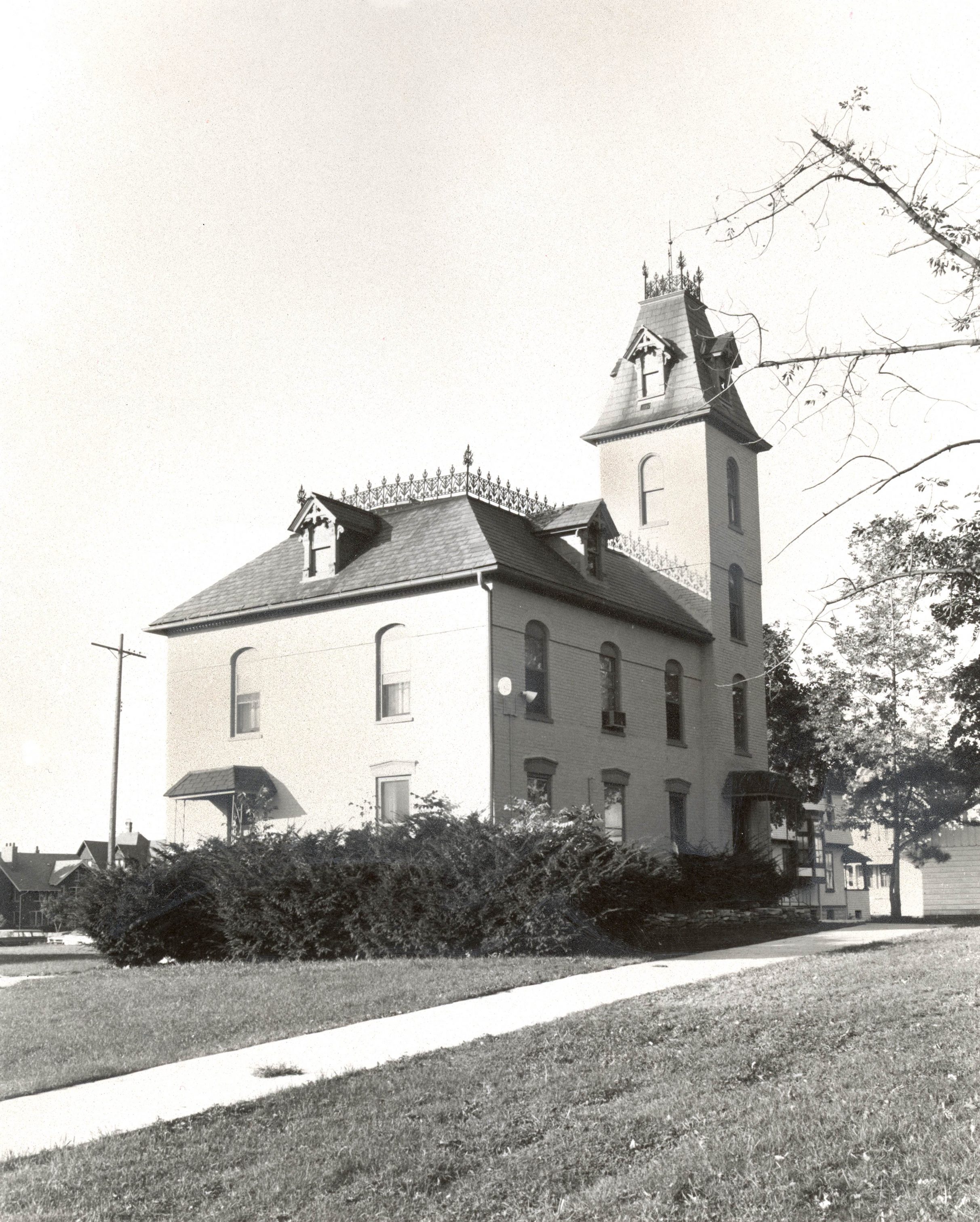
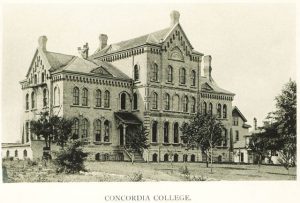
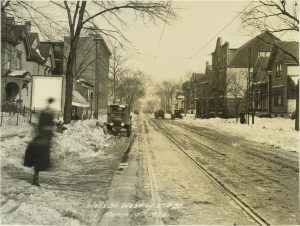
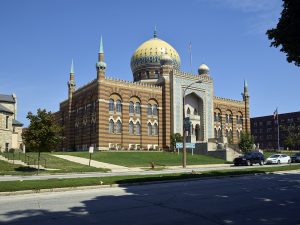
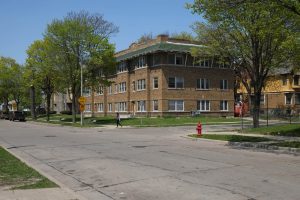
0 Comments
Please keep your community civil. All comments must follow the Encyclopedia of Milwaukee Community rules and terms of use, and will be moderated prior to posting. Encyclopedia of Milwaukee reserves the right to use the comments we receive, in whole or in part, and to use the commenter's name and location, in any medium. See also the Copyright, Privacy, and Terms & Conditions.
Have a suggestion for a new topic? Please use the Site Contact Form.